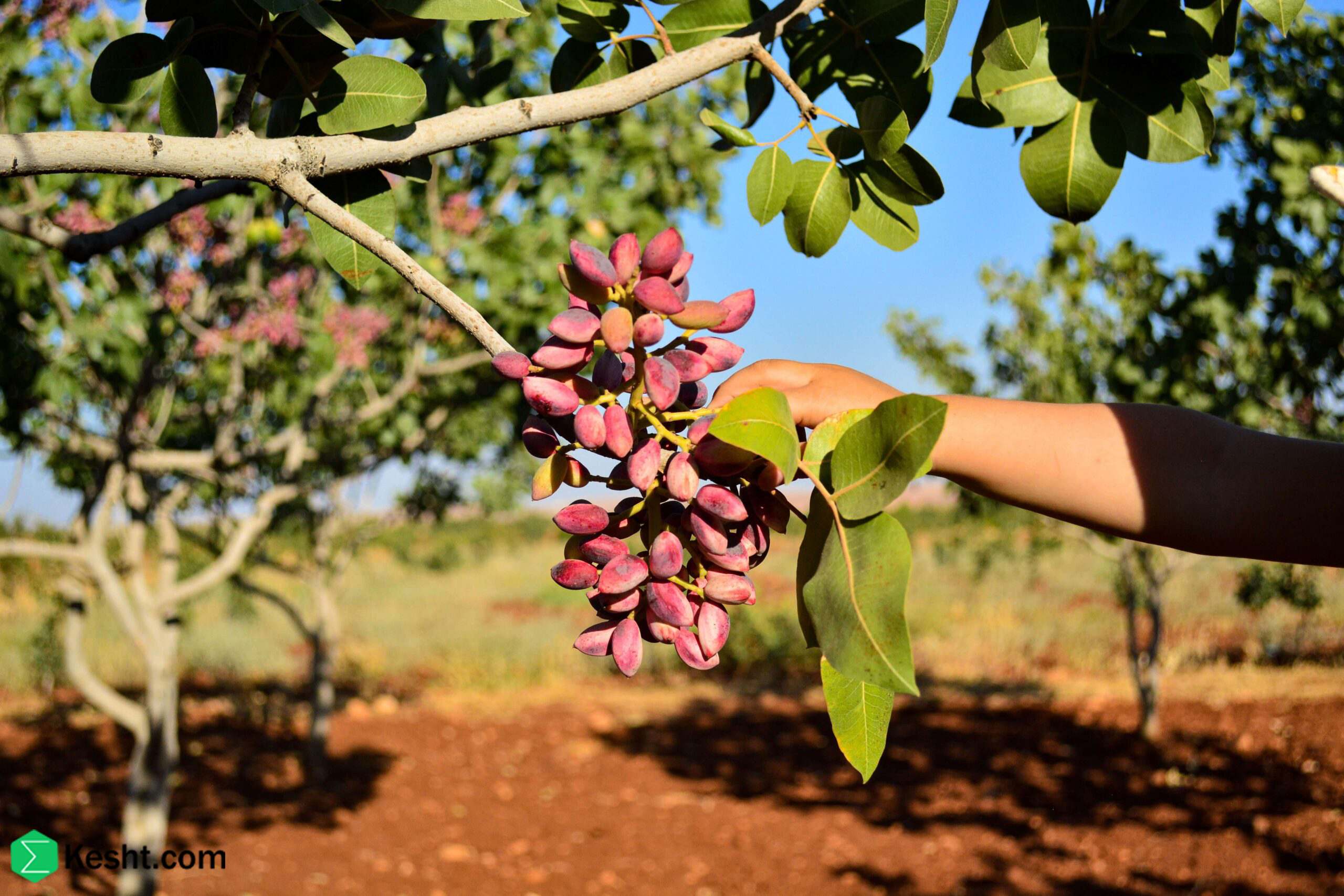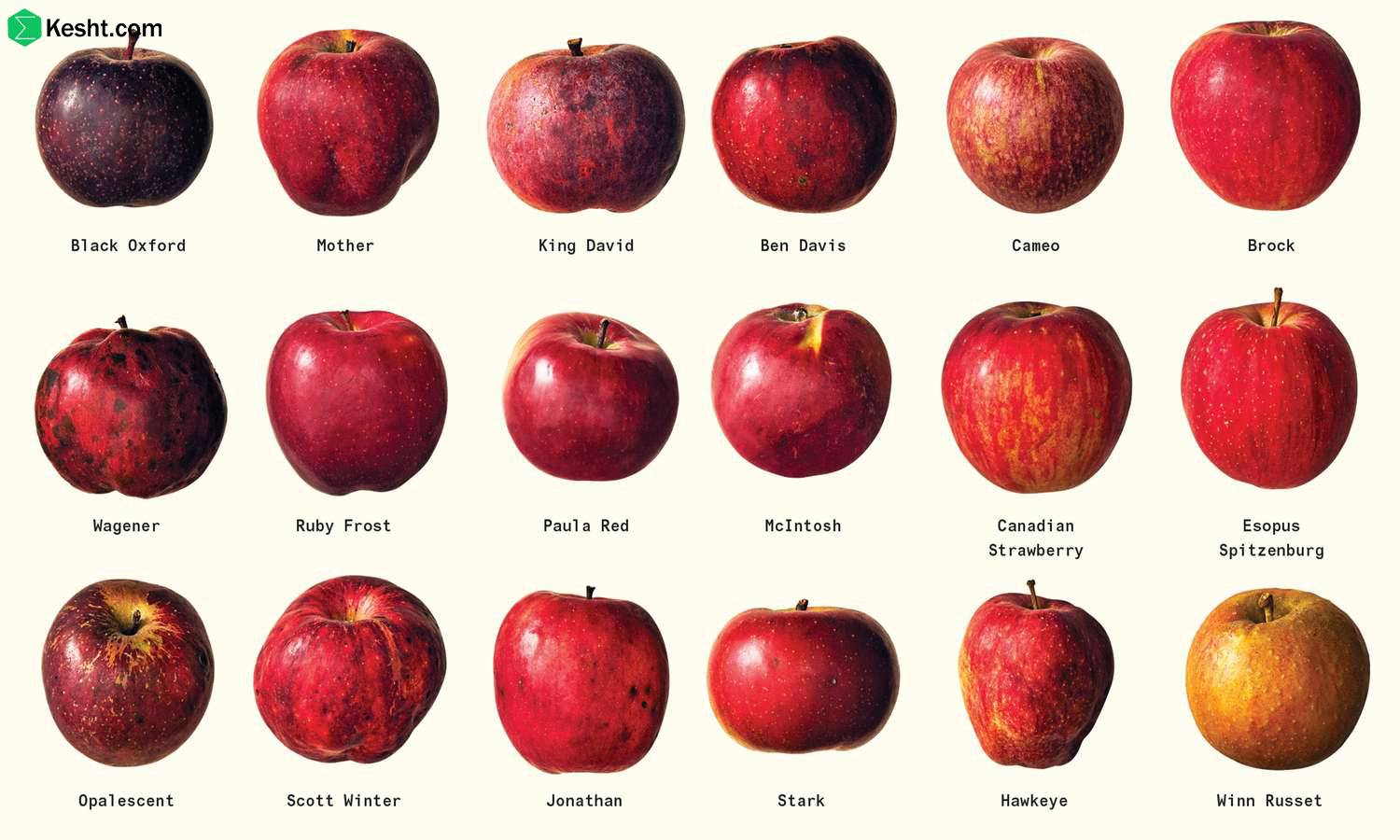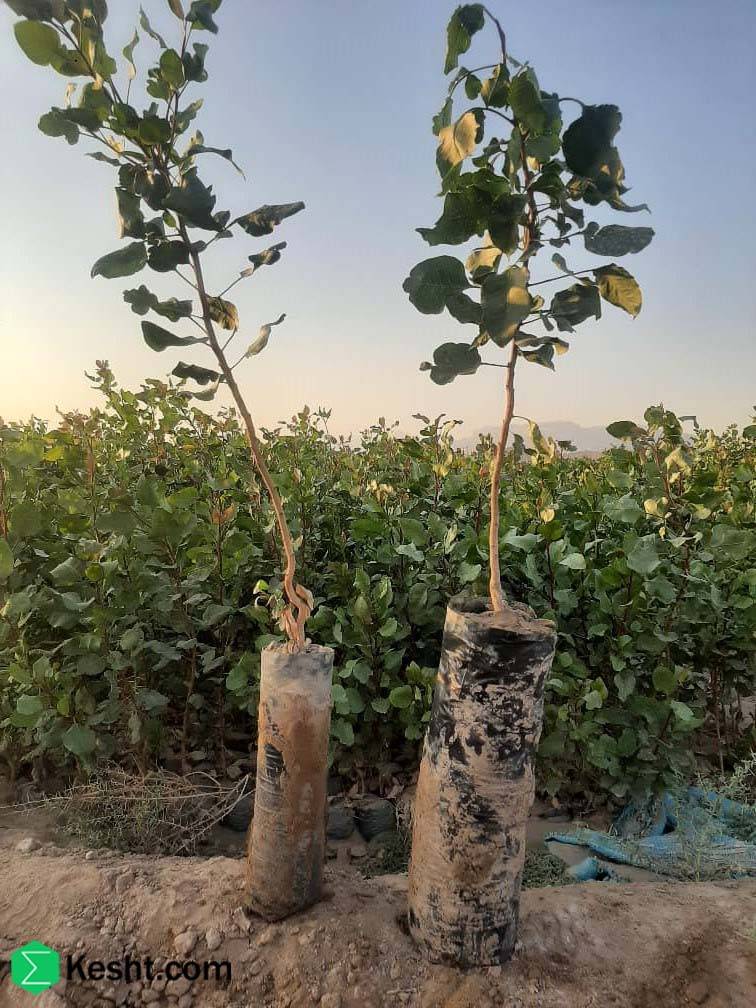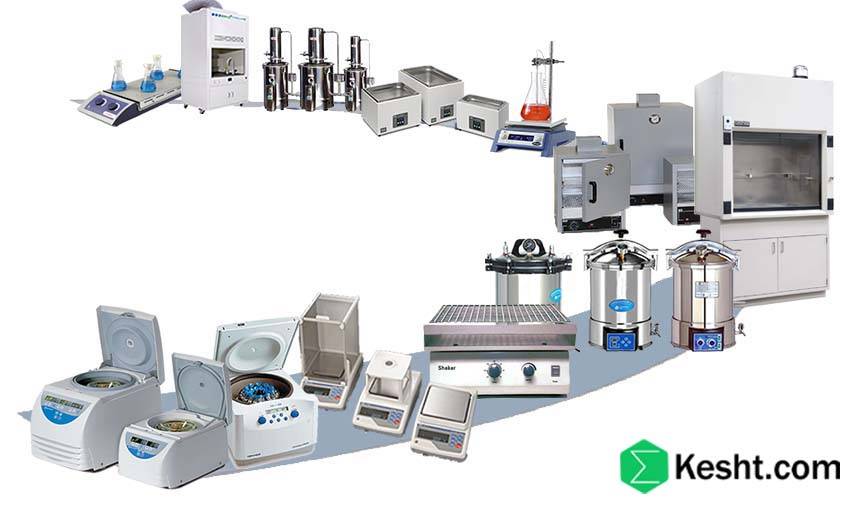Methods for producing hybrid pistachio seedlings
At a glance
- In pistachio, “hybrid” typically refers to interspecific hybrid rootstocks (e.g., P. atlantica × P. integerrima = UCB‑1).
- Two main production pathways:
Seedling (from controlled or semi‑controlled crosses).
Clonal (vegetative propagation of an elite hybrid via cuttings or micropropagation).
Seed-propagated hybrids (the most common route for UCB‑1)
Controlled pollination (hand/controlled crosses)
- How it’s done:
- Parent selection: female P. atlantica (or closely related beneh) × pollen of P. integerrima.
- Pollen collection and testing (viability/vigor), bagging female clusters, pollinating at peak stigma receptivity, thorough labeling.
- Harvest seed, remove hull, disinfect, cold‑stratify, and sow in deep containers.
- Screen for hybridity (ideally with molecular markers) and rogue out non‑hybrid contamination.
- Pros: high hybrid percentage, better uniformity, clear pedigree traceability.
- Cons: higher labor/cost; requires pollen isolation.
If you are interested, it is recommended that you read the following article / article title:
How to boost the environmental resilience of hybrid pistachio seedlings
https://ekesht.com/en/blog/how-to-boost-the-environmental-resilience-of-hybrid-pistachio-seedlings
Isolated seed orchard with directed pollination
- How it’s done:
establish a block dominated by atlantica females and integerrima males; remove off‑type pollen sources; during peak female receptivity, blow/disperse paternal pollen without bagging each cluster.
- Pros: large‑scale production at lower cost than fully controlled hand pollination.
- Cons: some chance of pollen contamination remains; DNA sampling is needed to estimate hybrid percentage.
Managed open pollination (MOP)
- How it’s done:
interplant parents with a high proportion of the paternal male and rely on wind.
- Pros: inexpensive and high volume.
- Cons: weak paternal control, greater heterogeneity; not recommended for certified production unless paired with genetic monitoring.
Shared technical notes for seedling production
- Cold stratify seed to break dormancy (typically several weeks at low temperature). Sow in deep root trainers to prevent taproot circling.
- Roguing: after emergence, remove suspect seedlings using marker‑assisted or phenotypic screening.
- These seedlings are typically used as rootstocks and later bud‑grafted with named scions (Akbari, Ahmad Aghaei, etc.).
If you are interested, it is recommended that you read the following article / article title:
best-seasons-to-plant-hybrid-pistachio-seedlings
https://ekesht.com/en/blog/best-seasons-to-plant-hybrid-pistachio-seedlings
Clonal production of hybrids (for maximal uniformity)
Micropropagation (tissue culture)
- How it’s done :
select an elite hybrid plant (e.g., UCB‑1 elite), establish explants in sterile media, multiply shoots, induce rooting in vitro/ex vitro, and acclimatize in a greenhouse.
- Pros: very high genetic uniformity; year‑round production; potential for disease indexing/cleanup (meristem culture).
- Cons: higher cost and technical skill required; risk of somaclonal variation under weak protocols; sensitive acclimatization phase.
Semi‑hardwood/green cuttings under mist
- How it’s done:
take cuttings from hybrid stool plants; treat with auxin (e.g., IBA); use a light, well‑drained medium; maintain mist and bottom heat.
- Pros: lower cost than tissue culture; preserves the elite genotype.
- Cons: pistachio is difficult to root; success rates are variable; production scale is limited and season/protocol dependent.
Layering (stooling/trench layering with etiolation)
- How it’s done:
encourage basal shoots to root by mounding soil/etiolation plus auxin treatment.
- Pros: clonal fidelity; simpler equipment.
- Cons: low throughput; time‑consuming; suited to limited multiplication.
Important note on roots and management
- Clonal plants often have stronger lateral roots and a shorter taproot than seedling types. Therefore:
- Use deep containers and prevent root circling.
- In shallow/windy/drought‑prone sites, tighten irrigation scheduling and provide sturdier staking.
Research/specialty methods (not common commercially)
- Embryo rescue/culture: used for distant crosses where seeds abort; mainly research.
- Somatic hybridization (protoplast fusion) or somatic embryogenesis: research‑level; not typical for commercial pistachio nursery trees.
- Marker‑assisted selection (MAS): early screening of seedlings to confirm paternal parent/hybridity.
If you are interested, it is recommended that you read the following article / article title:
When to Spray Almond seedling: A Comprehensive Guide to Pest and Disease Management for seedling
Quick comparison of methods
| Method | Genetic uniformity | Paternal control | Production volume | Unit cost | Best suited for |
| Controlled cross (seedling) | Medium to good | High | Medium | Medium | Straight‑taproot stock with decent uniformity |
| Directed seed orchard | Medium | Medium | High | Low–medium | Mass production with genetic oversight |
| Managed OP | Medium–low | Low | Very high | Low | Low‑standard/experimental projects |
| Clonal micropropagation | Very high | Complete | Medium | High | Ultra‑uniform stock/premium markets |
| Cuttings/layering | High | Complete | Low | Medium | Limited multiplication of elite genotypes |
Practical guidance for nurseries/growers
- If you need scalable production with straight taproots at a reasonable price: seedling hybrids from controlled crosses (UCB‑1 CP) offer the best balance.
- If maximum uniformity and graft compatibility are paramount and the market accepts higher cost: choose clonal UCB‑1 from a proven source.
- If producing seedling hybrids: enforce pollen isolation, precise parent labeling, and sample‑based genetic testing.
- For the end grower: buy certified, grafted trees and insist on transparent labeling—“UCB‑1 clonal” vs. “UCB‑1 seedling from controlled cross.”
How to verify it’s a “true hybrid”
- Documentation: mother/father IDs, place/date of pollination, seed orchard isolation measures.
- Hybrid percentage: marker testing (e.g., SSRs) on a random sample of the batch.
- Visual batch uniformity plus healthy, non‑circling roots in deep containers.
If you are interested, it is recommended that you read the following article / article title:
How to Choose the Best Almond Sapling? A Complete Guide to Buying Almond Saplings
We are the “ekesht” platform — a subsidiary of Samin Atlas Iranians and the only official exporter of BlueLabel seedlings in Iran
Why Blue Label?
Because the world only trusts these seedlings!
Ordinary seedlings (without labels or other labels), even if one of them is infected, can destroy your entire garden — without you realizing it!
But the advantage of Blue Label seedlings:
✅Each of them has a global barcode
✅Tested in advanced laboratories
✅Free from any viruses and microbes
✅The only seedlings that are allowed to be legally exported!
This is important for you if:
- You want to build a garden that is productive and hassle-free
- You are looking for a long-term investment in gardening
- You want to start without stress, without losses, without surprises!
Blue Label seedlings = peace of mind
Because when the seedlings are healthy, the garden stays healthy — and real profits come!
Contact us now — before a random seedling destroys your garden!
Healthy Seedlings = Fruitful Garden = Smart Investment
And that’s exactly what we do at ekesht.
ekesht platform (with fifteen years of practical and successful trade experience with Russia, Kazakhstan, Iraq, China, Turkmenistan, Turkey, etc.) is ready to cooperate with people active in the field of agriculture.
For more information and additional information, please contact us via social media, phone call or email
Phone number:
Email:
Social media address:











